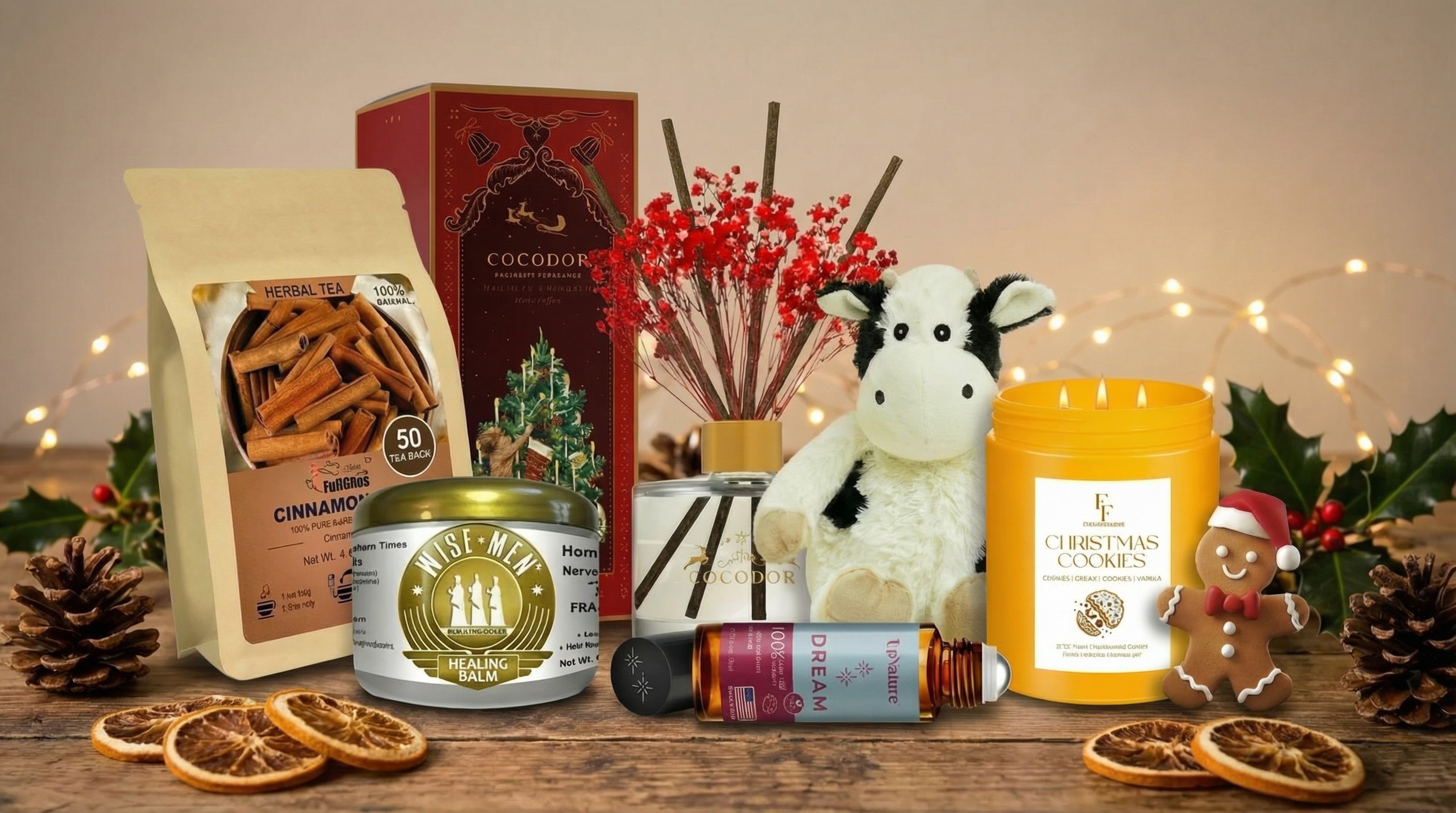10 dirtiest things in your kitchen — and how to clean them
Find out what the dirtiest things in your kitchen are and how to get them clean
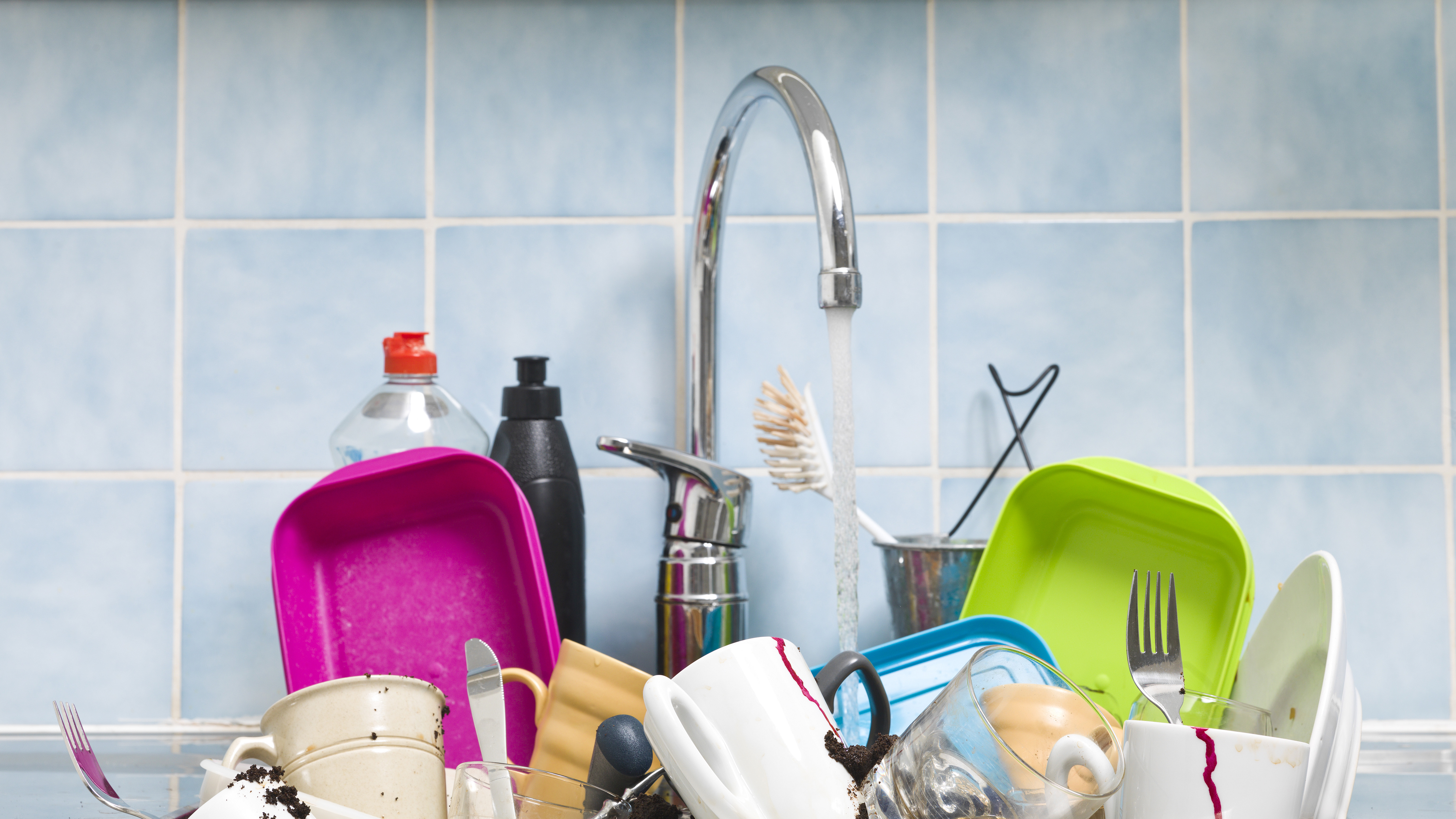
Have you ever wondered what the dirtiest things in your kitchen are? We spend so much time in our kitchens cooking up a storm, eating with family, and washing all sorts of things, it’s no wonder that it will pick up the most grime on a daily basis.
But, while we can guess the most obvious, germ-ridden places in the kitchen to clean (trash bin or floor maybe?), it seems we’ve been looking in all the wrong places. In fact, the places that we would least expect to find germs lurking around are actually hidden hotbeds for breeding bacteria.
- Here's how to clean an oven and make it spotless
- Find out how to clean a microwave
So, what exactly are they? Find out what are the dirtiest things in your kitchen, and you will be surprised. Drum roll please...
1. Dish washing sponge

Yes, that's right. The main thing used to scrub your dishes, pans or wipe down sticky surfaces is actually the No. 1 dirtiest thing in your kitchen. While it’s busy working on getting things clean, it’s also picking up hundreds of bacteria species. This is because sponges are highly porous and always damp, which is the perfect breeding ground for e-coli, micro-organisms and other nasties. In fact, a study in Arizona found that the humble sponge was 200,000 times dirtier than a toilet seat.
A general rule of thumb is to throw away your sponge after two weeks, or sanitize after each use by soaking in a mild bleach/water solution for five minutes.
2. Your sink
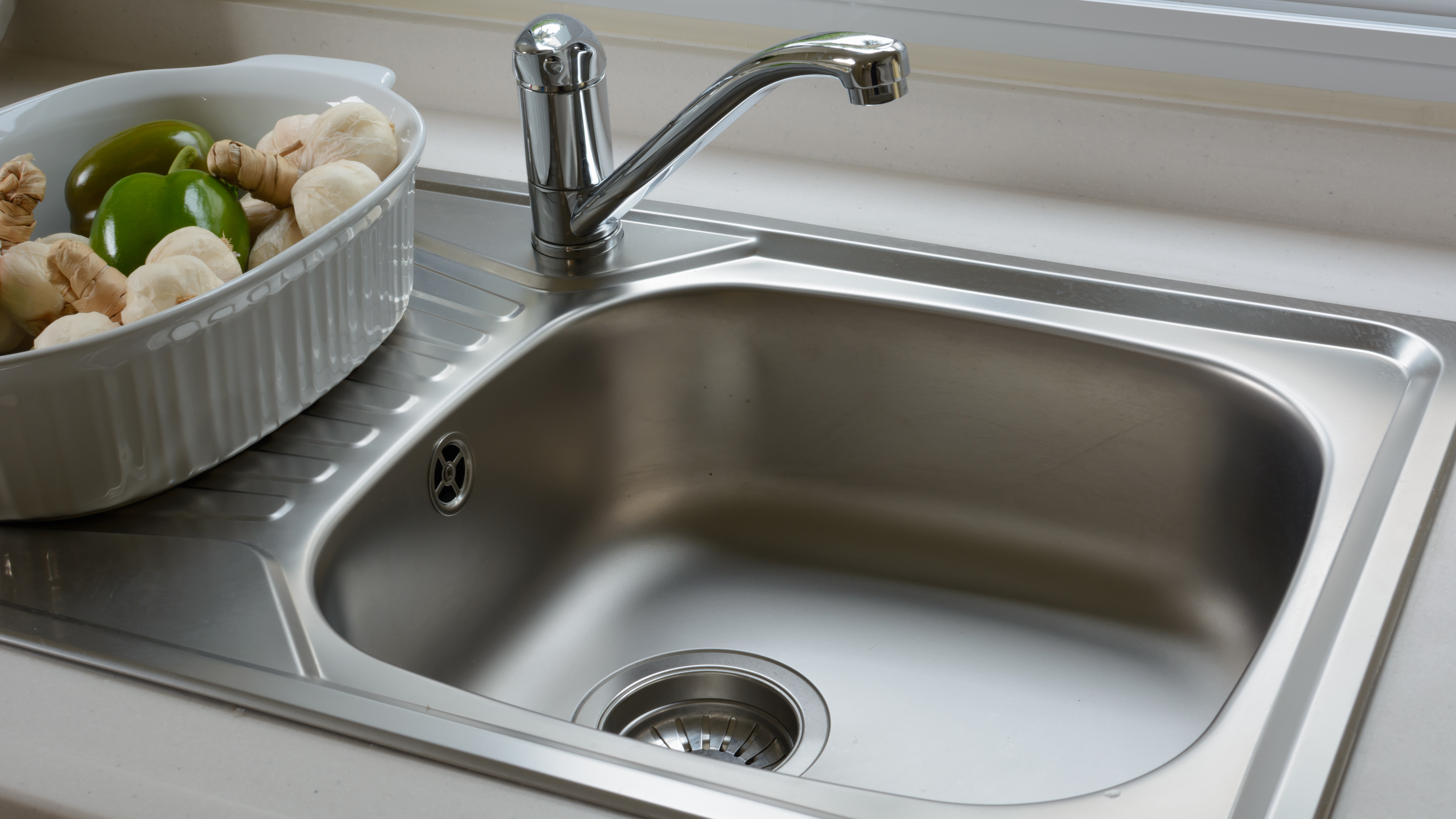
Despite having water in it all day, the sink ranks second as one of the dirtiest things in the kitchen. From dirty dishes and hands to rinsing our vegetables, meat, and even small appliances, we wash practically everything in it. As a result, we often forget to wash the sink out after use, which leaves a build-up of grime and breed bacteria during the day.
Plus, any food particles or oils can clog up your sink, which means you’d need to know how to unclog a drain. Ensure you disinfect your sink daily, paying close attention to the sink handles and faucets that are a breeding ground for germs.
Get instant access to breaking news, the hottest reviews, great deals and helpful tips.
3. Kitchen handles and knobs
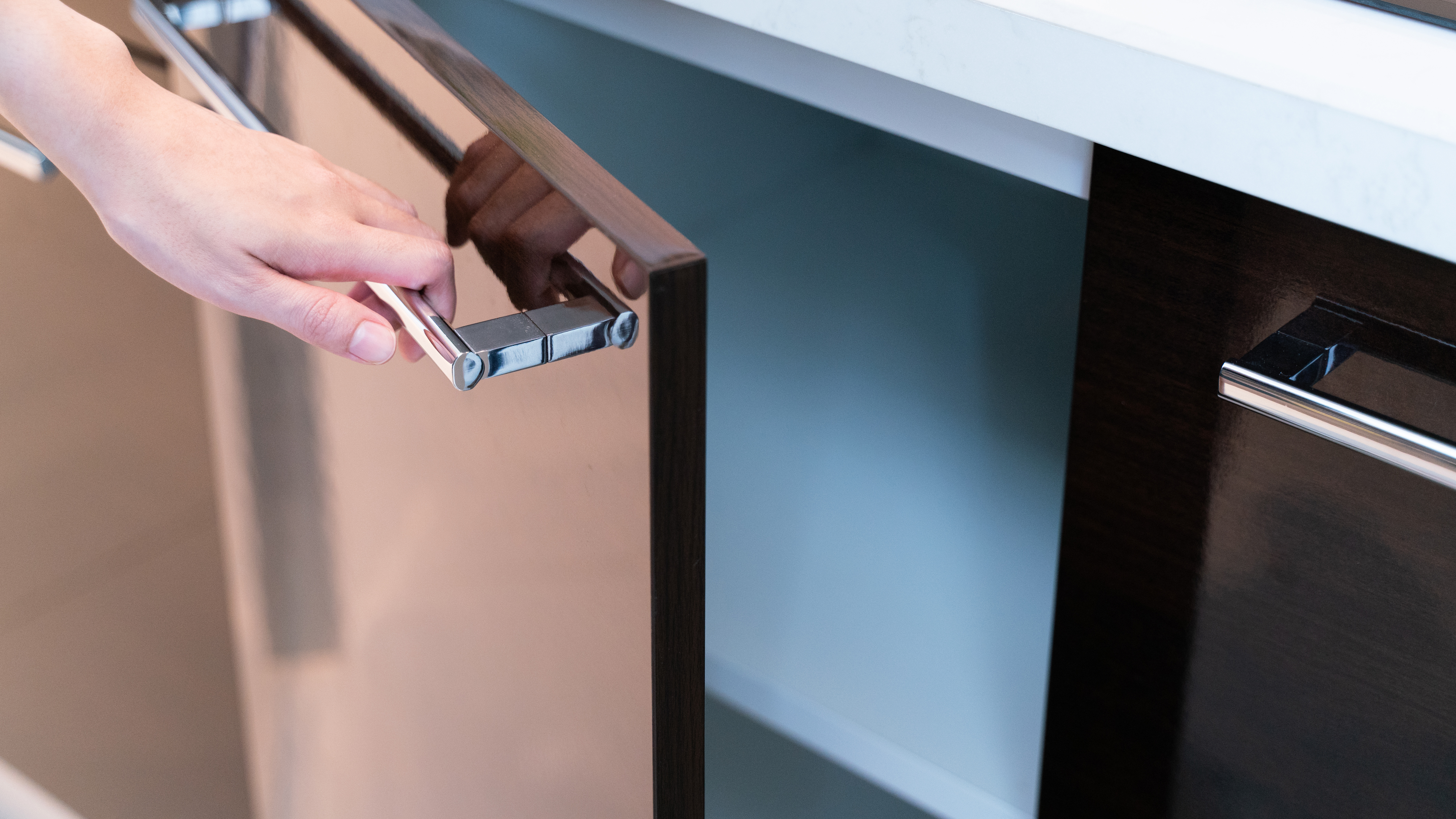
Kitchen cabinet handles or knobs are prone to getting grimy on a daily basis. Especially if you have a household of grubby hands touching them whilst going in and out of cupboards. We often forget to clean kitchen handles in our regime, so be sure to give them a thorough clean with a disinfectant wipe or soapy cloth. This also includes handles on the oven, microwave, fridge door, kettle or coffee maker.
4. Dish towel
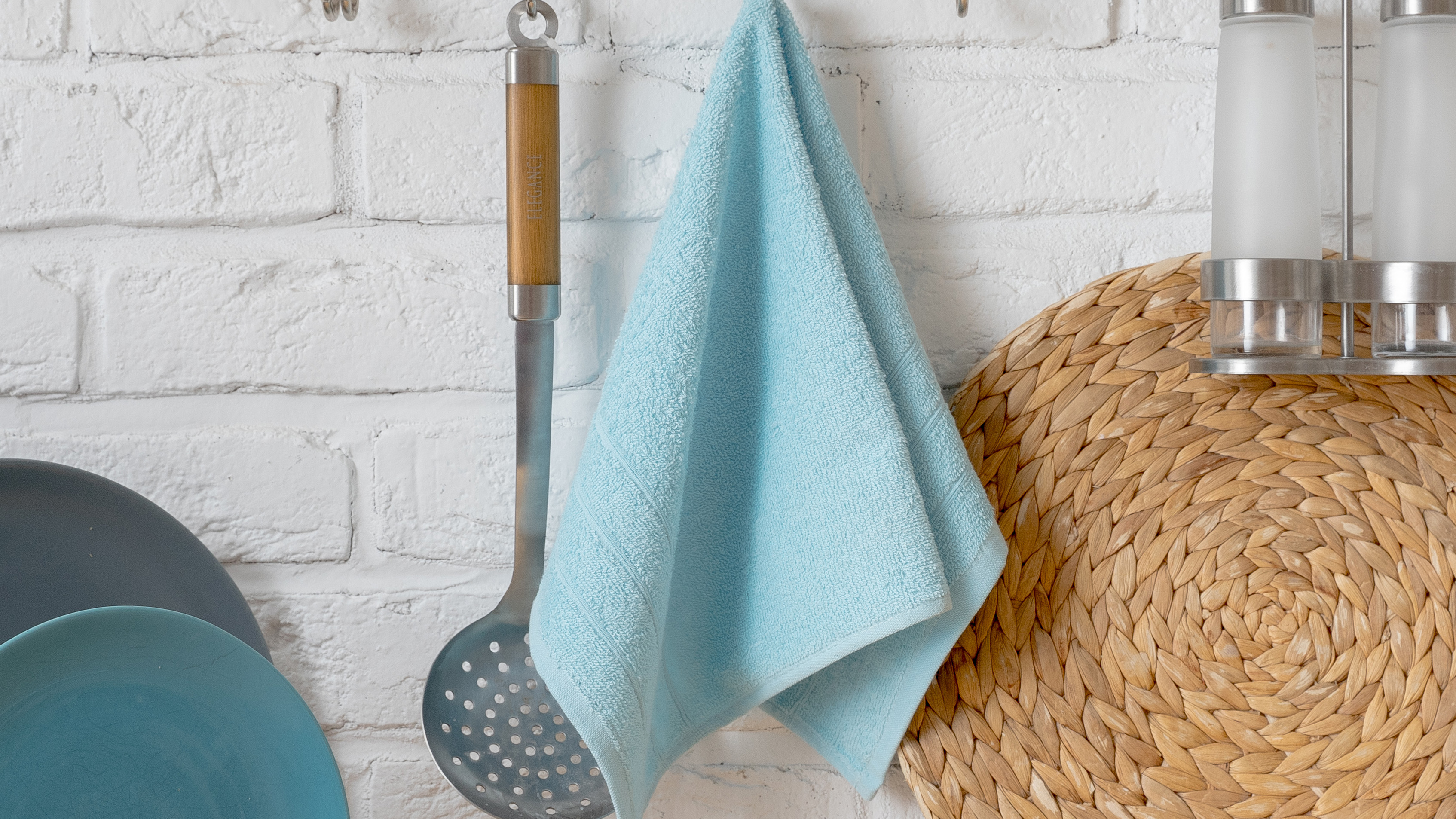
Similar to the filthy sponge, the trusted dish towel can also absorb a host of germs and bacteria from people drying their wet hands. What’s more, when you’re wiping your kitchen surfaces, you’re just spreading along the germs. It’s advisable to wash and replace your towel weekly, or better still, use paper towels to dry up instead.
5. Refrigerator
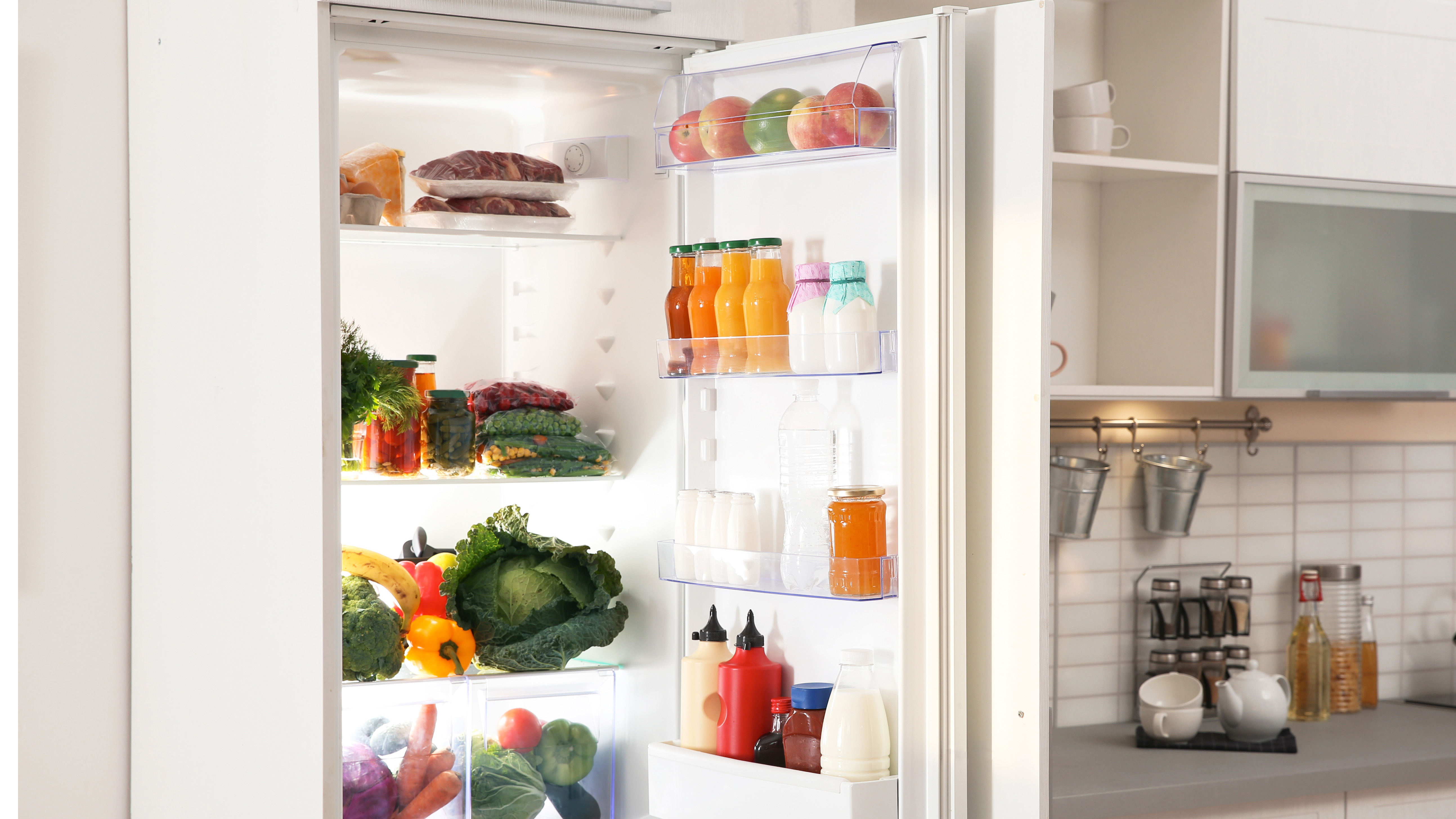
This may be our favorite go-to place in the kitchen, but when was the last time you gave it a good deep clean? The refrigerator is the ideal place to harbor bacteria, particularly from produce drawers, meat packaging, and shelves for condiments.If these are not clean, they can produce mold that will travel around your fridge and infect other foods.
Be sure to take out all the drawers and shelves before disinfecting the areas, and remember to wipe any spills or leaks immediately. Other germ culprits include water dispensers and ice makers, which we hardly ever clean.
6. Cutting board

This handy cooking essential is also one of the dirtiest things in the kitchen. While a cutting board protects our countertop from unsightly knife grooves, these grooves are a breeding ground for bacteria to live in. Wooden boards are particularly prone to germs as these are harder to clean. Plastic, stone or glass boards are more hygienic, and should be cleaned after each use in soapy, hot water and dried with a paper towel.
7. Countertops

While it’s easy to clean your countertops, they need more than just a quick wipe down. Think of all the shopping bags, food, crockery and other things that have rested on it daily. This can create a build-up of bacteria if not sanitized properly. Be sure to remove all your small appliances when cleaning so you can get to every nook and corner, where germs usually hide.
8. Knife block

A knife block may seem a great idea to store your chef knives, however, they are one of the dirtiest. Food particles and grime can easily collect inside each slot, which makes it tricky to clean properly. Always shake the block upside down over the sink to empty out, and sit in soapy, warm water for a few minutes.
9. Plastic containers
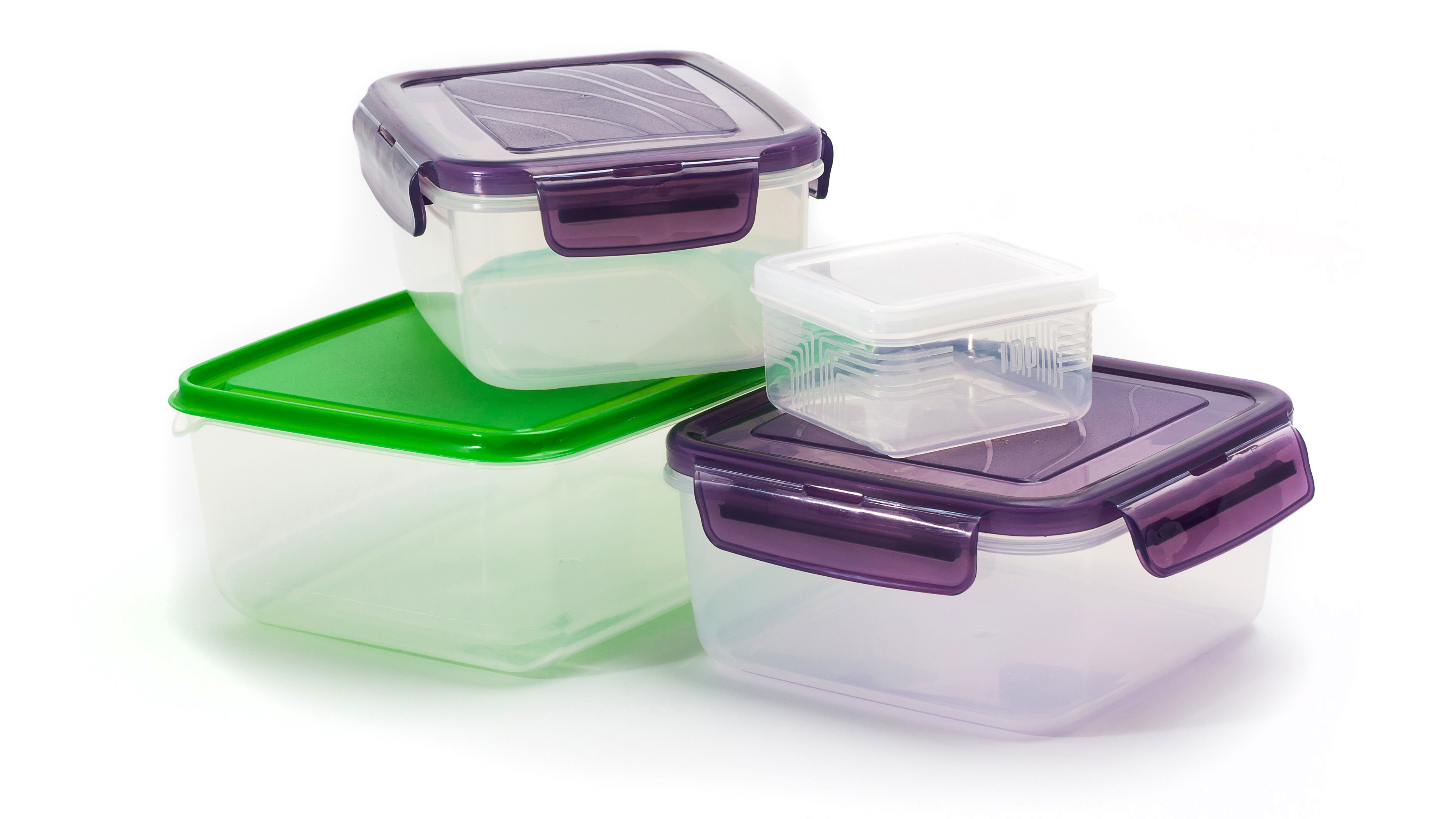
Resealable containers are handy for our leftovers or packed lunches, but can harbor e-coli and other bacteria if not cleaned properly. Particularly in the rubber seals inside the lids. Be sure to take everything apart when either placing in the dishwasher or in hot, soapy water. It’s also a good idea to allocate specific containers for meat and fresh veg to avoid cross contamination.
10. Salt and pepper shakers
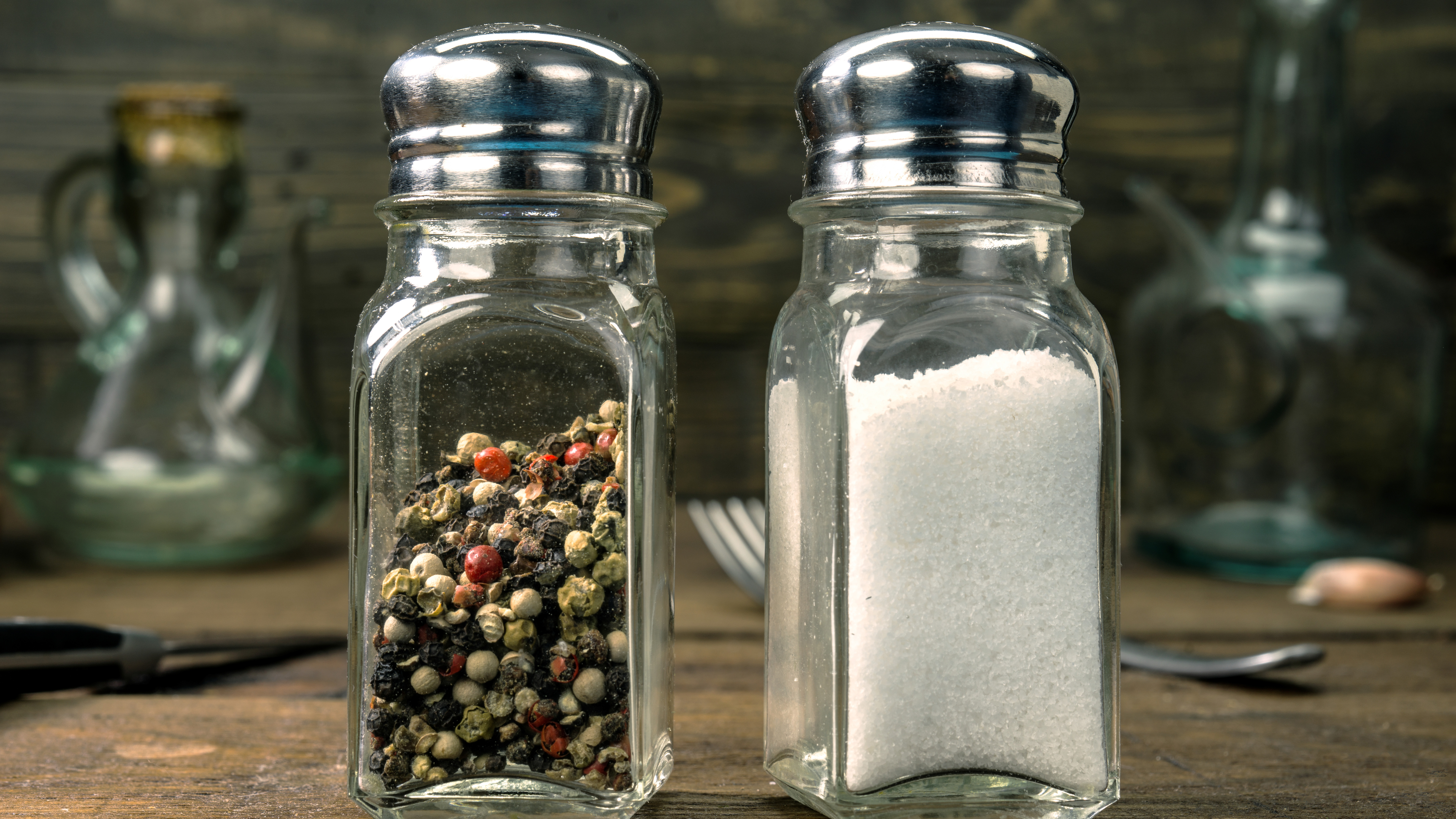
How many hands have touched these at the dinner table? Over time, these will accumulate a host of germs and grime if not cleaned regularly. Be sure to clean with a disinfectant wipe or soapy cloth after each meal.
More from Tom's Guide
- Black Friday appliance deals: The best early savings
- The best mattress based on our testing

As the Homes Content Editor, Cynthia Lawrence covers all things homes, interior decorating, and garden-related. She has a wealth of editorial experience testing the latest, ‘must-have’ home appliances, writing buying guides and the handy ‘how to’ features.
Her work has been published in various titles including, T3, Top Ten Reviews, Ideal Home, Real Homes, Livingetc. and House Beautiful, amongst many.
With a rather unhealthy obsession for all things homes and interiors, she also has an interior design blog for style inspiration and savvy storage solutions (get rid of that clutter!). When she’s not testing cool products, she’ll be searching online for more decor ideas to spruce up her family home or looking for a great bargain!
